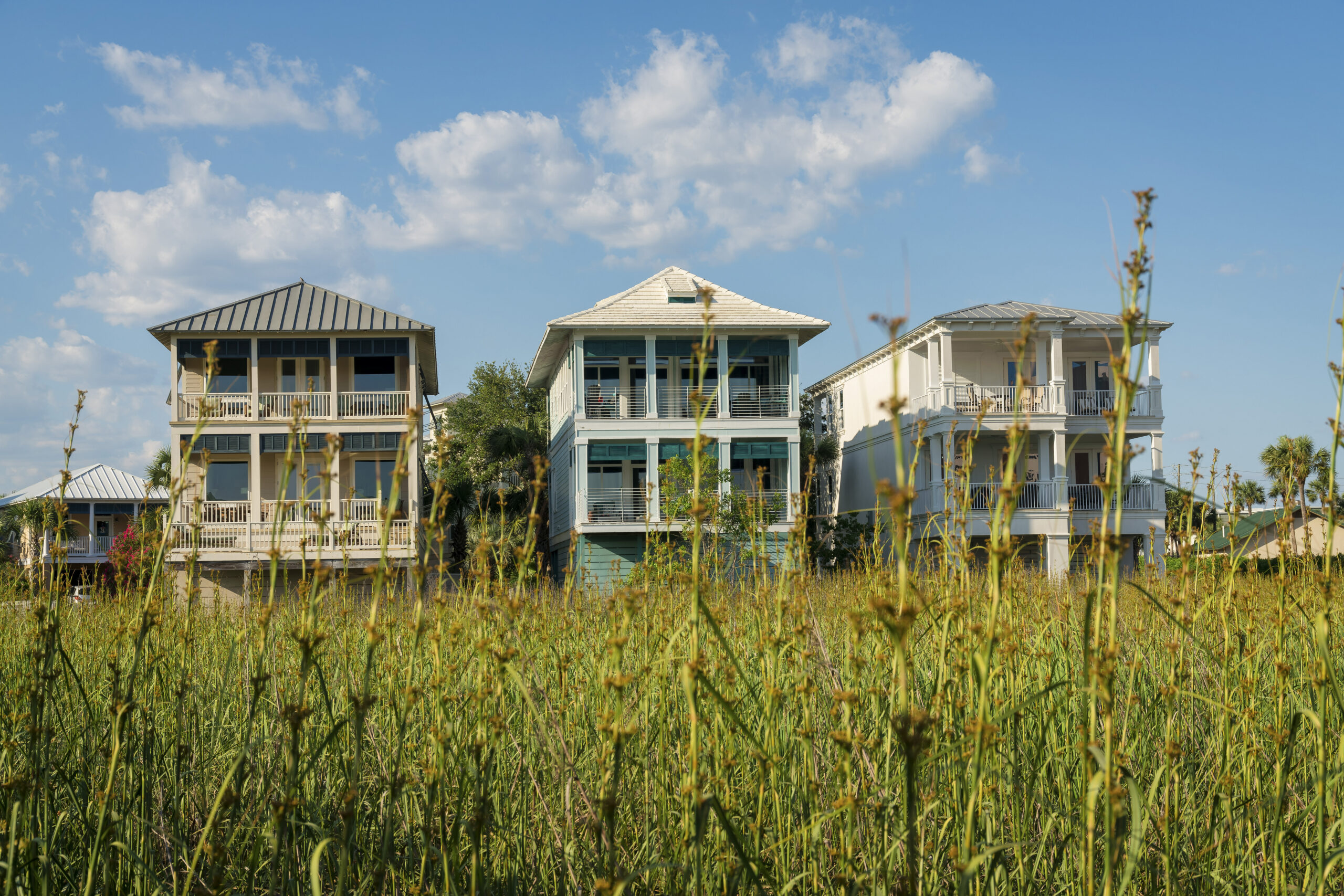Foreclosures Surge as Cost of Living in the U.S. Continues to Rise

As the cost of living in the United States continues to climb, foreclosures are also on the rise. In May, foreclosure-related filings, including default notices, scheduled auctions, and bank repossessions, increased by 7% from April and 14% from the previous year, reaching a total of 35,196 properties, according to real estate data group ATTOM.
Lenders initiated foreclosure proceedings on 23,245 properties in May, marking a 4% increase from the previous month and a 5% increase from the previous year. The states with the highest number of foreclosure starts in May were Florida, California, and Texas, with 2,901, 2,451, and 2,286 foreclosures initiated, respectively. Illinois and New York also experienced significant foreclosure starts, with 1,358 and 1,287 respectively.
Rob Barber, CEO of ATTOM, noted that the recent increase in foreclosure filings aligns with expectations and suggests the possibility of continued heightened activity. The rise in foreclosure completions in May, the largest monthly increase this year, raises concerns about potential impacts on the housing market.
Despite the increase, foreclosure rates remain relatively steady compared to pre-pandemic lows. Analysts at Fitch attribute the recent rise in distressed borrowers to a “normalization” process following a period during the pandemic when many consumers benefited from loan forbearances and government assistance.
However, U.S. workers’ incomes have not returned to their pre-pandemic levels, while the cost of consumer goods and services remains elevated. This situation puts them at a greater risk of falling behind on payments. Adjusted for inflation, the quarterly median weekly earnings for full-time U.S. workers have returned to their pre-pandemic levels, showing a decline. In the first quarter of 2023, the median usual weekly earning for a full-time worker was $363 (inflation-adjusted), compared to $367 in the first quarter of 2020.
Florida has experienced a higher concentration of large metro areas with elevated foreclosure rates. Among metropolitan statistical areas with populations of at least 200,000, Lakeland, Florida had the highest foreclosure rate in May, with one in every 1,361 housing units having a foreclosure filing. Other cities with high foreclosure rates included Elkhart, Indiana; Cleveland, Ohio; Palm Bay, Florida; and Ocala, Florida.
For metropolitan areas with populations exceeding 1 million, Jacksonville, Florida; Baltimore, Maryland; Chicago, Illinois; and Orlando, Florida had the worst foreclosure rates in May.
The cost of living in Florida has surged since the pandemic, leading to a decrease in real hourly earnings. Using the Bureau of Labor Statistics’ inflation measure for the South Atlantic region, real hourly earnings in Florida fell from $25.12 in February 2020 to $24.82 in April.
While the rate of inflation has started to decrease, it remains high at 4.9% in April, almost double the pre-pandemic levels. The Federal Reserve anticipates that interest rates will need to stay higher for longer to control inflation.
Fortunately, the unemployment rate in the U.S. remains low, reducing the likelihood of a widespread increase in foreclosures similar to the one experienced during the global financial crisis from 2007 to 2009.
Rob Barber emphasized that while foreclosure filings may continue to rise, it is unlikely to reach the levels seen during the 2008 housing bubble burst.
